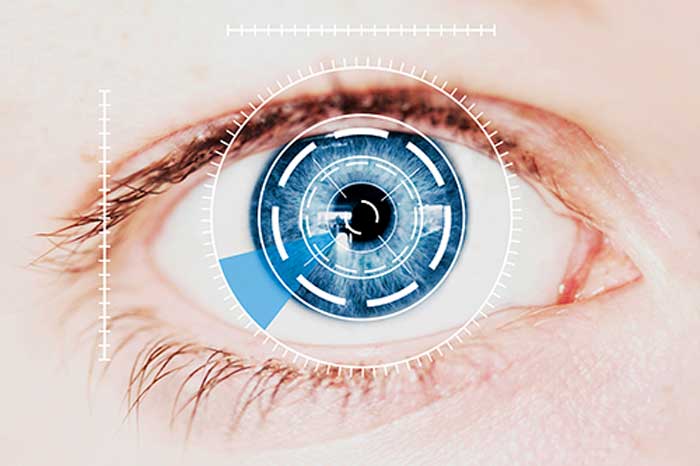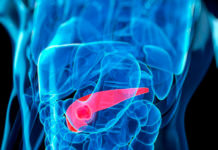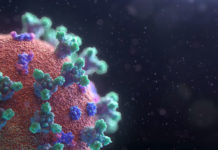 All office workers treat this ailment as inevitable, but not terrible. Some solve the problem using artificial tears, and some simply suffer. Yet, both categories run the risk of damaging their sight!
All office workers treat this ailment as inevitable, but not terrible. Some solve the problem using artificial tears, and some simply suffer. Yet, both categories run the risk of damaging their sight!
What is a dry eye?
Dry eye syndrome (DES) is one of the most common problems of our time. Ophthalmologists sound the alarm: today, every fifth person suffers from this disease. Moreover, women are slightly more likely to “dry their eyes” because they are more likely to take medications leading to the development of the DES.
You can suspect having this syndrome if:
- you literally feel eye dryness while working at the computer;
- your eyes quickly get tired when reading or working in front of a monitor;
- in the morning, the eyelids stick together;
- when it is frosty, windy, or dusty – in general, under any circumstances! – your eyes get watered;
- you always have red eyes;
- there is a feeling of discomfort, “sand” or a burning sensation in the eyes;
- contact lenses cause discomfort and even pain.
Seven Reasons for the DES
- Long work at a computer or a tablet.
- Lack of vitamin A, which affects the quality of tears.
- Ecology, air quality (overdried air in a room with an infrared heater or an air conditioner).
- Hormonal changes in women (including premenopause).
- Constant wearing of contact lenses.
- Taking antidepressants, oral contraceptives, antihistamines, and drugs for the treatment of stomach ulcers.
- Violation of the lacrimal glands.
A tear is produced in the lacrimal gland and performs many functions. First, it works as a shield and protects the cornea from drying out and getting infected with germs. Secondly, it is important for the proper refraction of rays and clear vision. Insufficient moistening of the conjunctival cavity during sleep can cause sticking of the eyelid conjunctiva and the eyeball. In the morning, when you open your eyes, the conjunctiva gets injured. The most dangerous thing is injuring the corneal epithelium. A seemingly trivial problem – dryness – can be a serious threat to vision.
Therefore, if you have unpleasant sensations, you should consult an ophthalmologist. To diagnose the DES, the rate of producing tear fluid must be assessed. This can be done with the help of a Schirmer test, which involves special strips. This is the only and correct method for diagnosing the DES. Strips are placed behind the lower eyelid, and the speed of wetting them with tears determines the functional state of the lacrimal gland. If the test shows that the tear fluid is underproduced, the ophthalmologist will prescribe the treatment.
Eyedrops
The most common method is to use drops replacing tears. Avoid self-medication! It can cause irreparable harm to the eyes. Drops should be prescribed by an ophthalmologist based on the results of the examination.
Remember that drops give only a temporary effect, and after their impact is over, reddening and discomfort can return because the cause of the DES is not eliminated!
Physiotherapy
Physiotherapy is an excellent alternative to drops. Circulatory laser stimulation of the lacrimal glands eliminates unpleasant symptoms and sensations, restores the broken tear film and its correct composition, causes the lacrimal glands to work more actively, providing a long lasting result. This is a painless and fairly quick procedure, which lasts for about three minutes per eye. During the course of treatment, tear production is measured to assess its effectiveness. Eventually, the ophthalmologist will tell you what measures must be taken to prevent the occurrence of the DES and preserve the beauty and health of your eyes for many years!
Main treatment correction
If the dry eye syndrome is caused by a hormonal disorder, a systemic disease or some medication, be sure to contact your doctor (therapist, gastroenterologist or gynecologist) to correct the treatment and eliminate the underlying cause of the DES.








